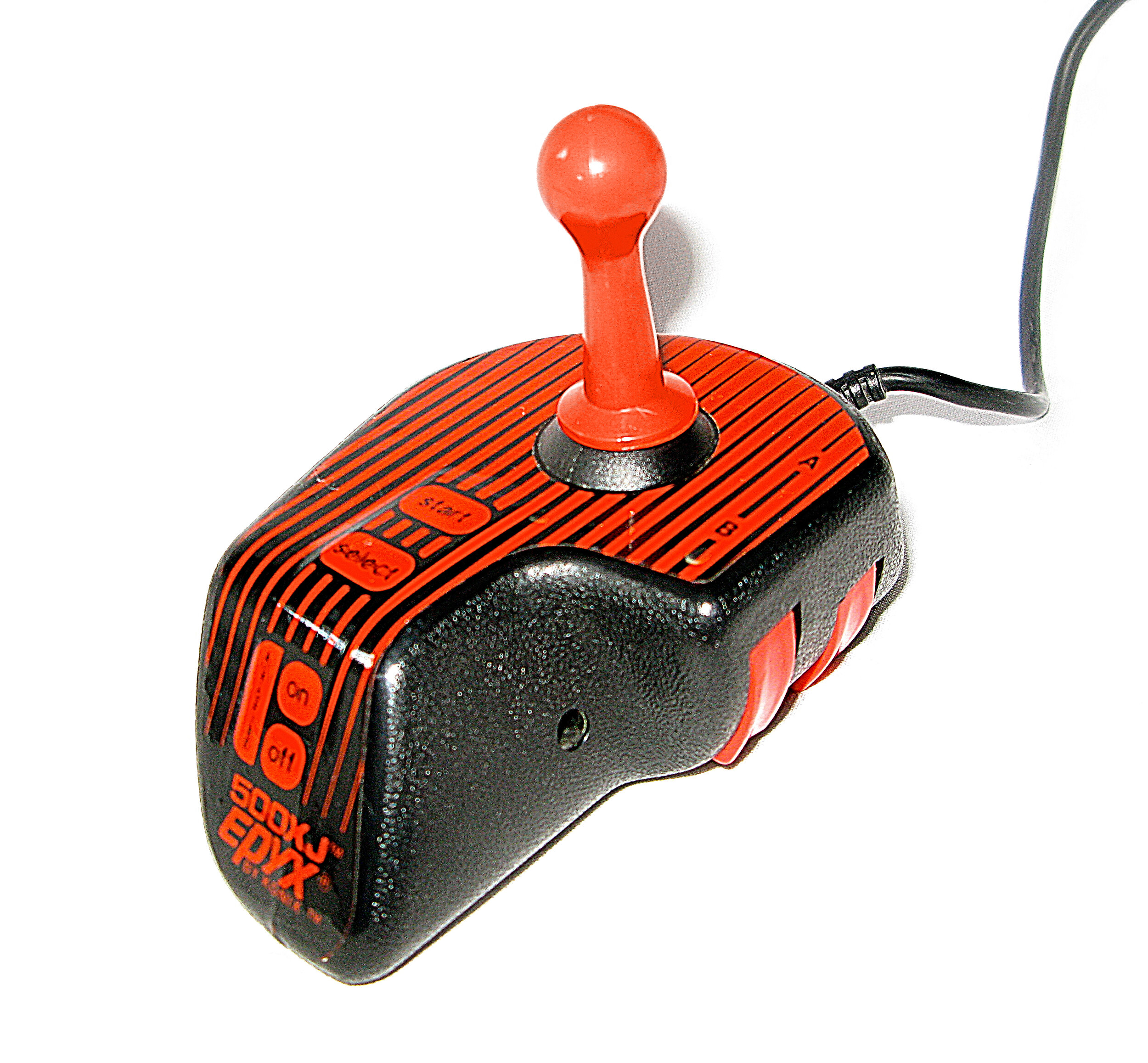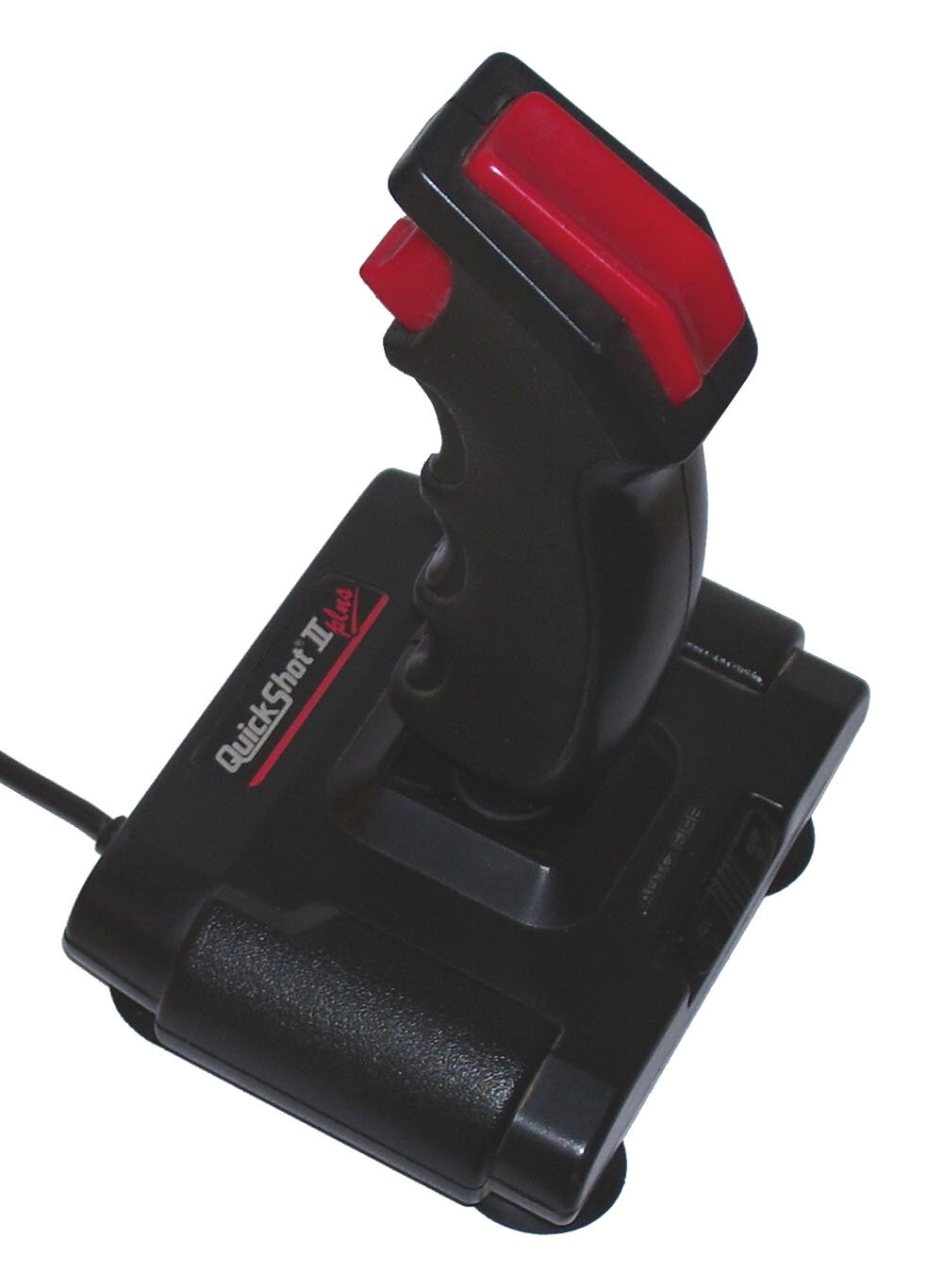Commodore 64 Highlights - Chips and Bits
As a followup to Computers of Significant History Part One, here’s some of my favorite Commodore 64 software and doodads, in no particular order:
The Print Shop
Partially responsible for me getting into computer graphics.
I’ve written a very long history of The Print Shop and its influence on computing in an episode of Macinography. The Print Shop is a contender for one of the top ten most influential pieces of eight-bit software, and I spent a lot of time making birthday cards and school banners with it.
Castle Wolfenstein
I’m still playing Wolfenstein games to this day. While Wolfenstein 3D and its follow-ups are very different from Silas Warner’s Castle Wolfenstein, this game cemented my ongoing love for the series at a very young age. Its control scheme was somewhat clunky, especially if you had the wrong kind of joystick, but it’s still mostly playable. The game also taught me my first speedrunning trick—you can glitch doors that are near a wall to short-circuit the normal escape route. As far as the plot and bad guys, I had no context for the game’s setting at the time. No one’s teaching a six year old about Nazis. It wasn’t until years later, when Wolfenstein 3D was available on the Super Nintendo, that I started learning about the series’ World War II inspirations.
Kwik-Write!
I used a lot of word processors on the C64, but Kwik-Write is the most memorable because it’s what I used to craft my childhood letters to Nintendo. To their credit, the game counselors at Nintendo answered every single one of them. Alas, all those letters—both to and from Nintendo—are long gone. It was more like a text editor than more powerful WYSIWYG word processors. It let me type words and send them to the printer, and that’s all I wanted. As a grownup, I’d find its limited formatting and lack of spell check infuriating. At least it had copy and paste.
GEOS
Ah, GEOS. Rarely has so much been made with so little power.
The only application in GEOS that I used for any real amount of time was GeoWrite. Since it was a WYSIWYG word processor, it was much more powerful than programs like Kwik-Write or Bank Street Writer, but it was glacially slow. By the time I had learned about fonts and good typography, I had access to better word processing tools at school, like Microsoft Word. But I still wanted to write things at home, and I tried really hard to make GeoWrite my main word processor. The last thing I ever wrote in GeoWrite was an essay for sixth grade history class, about the Rosetta Stone. I only remember this because it was the same day as the debut of the classic Simpsons episode Summer of 4 Ft. 2—May 19, 1996. I took all day slowly writing the essay, in part because I was a procrastinating thirteen-year-old, and in part because GeoWrite was just so sluggish. I barely finished it in time to catch the episode premiere. From that point forward, any papers or correspondence would be written in something more modern, even if it meant staying after school to write them on a Macintosh. In retrospect, I appreciate the ingenuity required to make a GUI that could run on a C64.
Ghetto Blaster
Here’s another game whose context was completely lost on me as a young child. What can I say, I was five and had no idea about the musical references. All I knew was that it was “the boom box game.” I returned to it over the years, getting better and better at the mechanics, but I never actually finished it. Turns out that was for the best, since the ending’s terrible. Thank God it had one of the best soundtracks ever written for the SID chip—the main theme was a banger. The graphics are very nice too, considering the system’s limitations. I’d take a modern remake of this in a heartbeat.
Tenth Frame and Leader Board
I’m lumping both of these Access Software titles together even though they probably deserve their own entries. They have similar graphical and play styles. These were my dad’s favorite games on the C64. I enjoyed them a lot too—the graphics in Leader Board (and its sequel) were excellent for the time, and there was something fun about printing out your scorecard after a game of bowling in Tenth Frame. All modern golf games owe a debt to Leader Board, which pioneered the dual-meter stroke power system.
Epyx and Quickshot Joysticks
In our household, we had two kinds of joysticks. One was the Epyx 500XJ, and the other was the Spectravideo QuickShot II. The former was designed to be handheld, while the latter attached to the desk via suction cups. Some games just didn’t play well with the Epyx because it required two hands—the aforementioned Castle Wolfenstein was a non-starter—but I don’t think there was anything better for rapid-fire back-and-forth movements required in some titles like Summer Games. The Quickshot wasn’t good for twitchy games, thanks to the longer movements required to engage its microswitches. It had one helpful advantage if you needed to use the keyboard at the same time—the suction cups kept it in one place. Nowadays these joysticks would annoy me due to their terrible build quality. Neither held a candle to an NES pad for responsiveness or toughness.
If you haven’t checked it out already, make sure to read my C64 edition of Computers of Significant History for more Commodore fun..






